Fourteen graduate from Ohio Farm Bureau’s AgriPOWER program
Fourteen farmers and agribusiness professionals from around Ohio recently graduated from Ohio Farm Bureau’s AgriPOWER Institute Class XIV.
Read MoreIn June, AgriPOWER class of XIV traveled across the country to experience agriculture in Pacific Northwest.
Ocean Farming
We landed in Washington late Wednesday evening ready for the adventure to unfold. After a short sleep in the hotel, we woke up with a day of travel ahead of us. Kicking off our agriculture immersion we began with a tour of Taylor Farms where shell is currency. Taylor is the largest producer of farmed shellfish in the U.S. They are a one-stop shop: They not only farm shellfish, they also fabricate the products they use in their farming operation, have a processing facility, sell shellfish and homemade soups in their store and move their product across the world.
We met at their store for lunch. Our lunch menu consisted of geoduck chowder, smoked salmon, and both raw and smoked oysters. I have had raw oysters in the past and remember not being able to spit it out fast enough. The slimy gritty texture was ingrained in my mind. Since we learned about how they grow the oysters in special pots that keep them cleaner and provide a more palatable flavor profile than wild oysters, I thought I’d give it a try. After receiving a quick tutorial on how to open the oyster I was off on my attempt. It was difficult but I was finally able to pry it open. Giving myself no time to back out I quickly put the oyster to my mouth and slurped it up. To my surprise it was delicious.
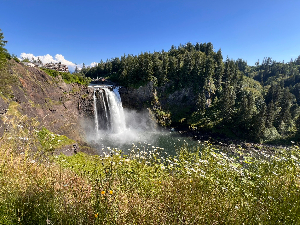
Next we moved to the tour of their processing facility. Around 5% of all oysters they sell are shucked. Their workers get paid by the amount of oysters they shuck a day. Thinking to myself what a raw deal that must be, remembering the struggle I had in taking well over a minute to shuck the oyster I had just eaten I was amazed watching the workers shuck a single oyster in seconds. They moved swiftly through the piles of oysters filling their buckets with ease.
After an information-packed day, we departed to sight see at Snoqualmie Falls. It was a beautiful way to end our busy day of learning and traveling.
Fruit Farming
The next morning, we hit the road again headed for our Monson Fruit Company tour where they grow apples, cherries, pears, apricots and cranberries. Monson Fruit is a family owned and operated farm bringing fruit “From Our Trees To Your Table” as they state. They grow, pack and ship fruit around the world.
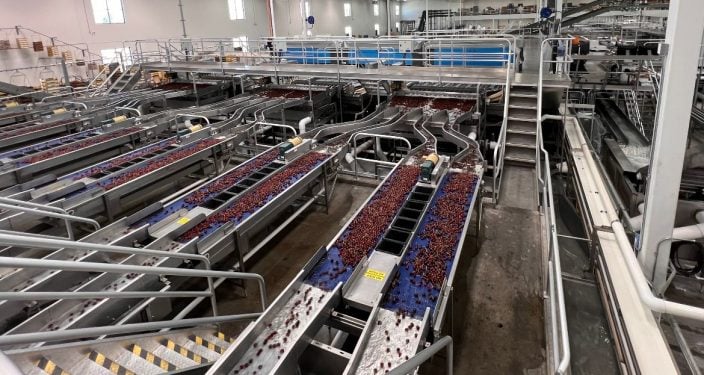
Dressed to impress in our safety green vests and hard hats, we headed off on our tour of the Monson Fruit Company’s packing facility. We were touring at peak cherry season. Once cherries are picked, they have to be cooled quickly. We got to watch the cherries travel through their mesmerizing washing and sorting adventure named the Great Cherry Waterslide (by me). The cherries are moved through the system in a river of cold water. The water is used to gently move them as they bruise easily, as well as keeping them at the right temperature.
Our next tour was of another local fruit packer, Legacy Fruit Packers. Here they grow, pack and ship apples, pears and cherries. At Legacy we were able to see their apples travel from arrival to packing.
Dairy Farming
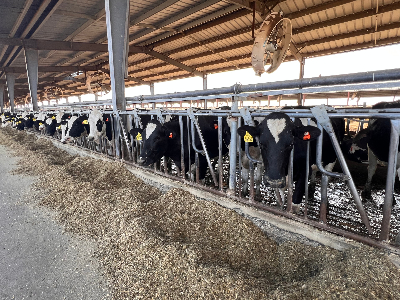 We received a warm welcome to the J&K Dairy Farm from the owners Jason and Karen. They are fourth generation dairy farmers raising their four children on the farm. They have two dairy locations with a total of 3,700 milking cows with 45 full-time employees.
We received a warm welcome to the J&K Dairy Farm from the owners Jason and Karen. They are fourth generation dairy farmers raising their four children on the farm. They have two dairy locations with a total of 3,700 milking cows with 45 full-time employees.
They milk using a parlor style holding 56 cows at a time.
They also grow row crops, cherries and grapes. In order for their crops to grow they have to use irrigation systems. Dairy cows each drink about a bathtub full of water daily. Water rights are a huge deal in this area especially when it only rains on average 4-6 inches a year. Water cannot be owned by a person but the right to use a certain amount of water for agriculture is given as senior or junior rights. Jason told us that 2/3 of their water is stored in snow pack and 1/3 in a reservoir.
Lock and Dam
On our final day, we traveled across state lines into Oregon to visit the Bonneville Lock and Dam on the Columbia River. We met a ranger at the lock as a recreational boat was waiting for it to fill up heading up stream. As we watched the water rush in, she explained how the lock and dam is used for hydropower production, recreational use and navigation. It also creates a barrier for salmon trying to get upstream. This problem is solved with the use of fish ladders. Picture water flowing down large stair steps, and that is what the fish ladder reminded me of. At each “step” the salmon had to jump to get to the next section. This mimics the downstream flow of the river letting the fish know they are traveling the right direction. After watching the salmon jump up the ladder we went underground to the fish viewing windows. Here we received a brief education on the salmon, Pacific lamprey and other fish we were watching swimming by us in the windows. We wrapped up our tour by visiting the hydroelectric powerhouse.
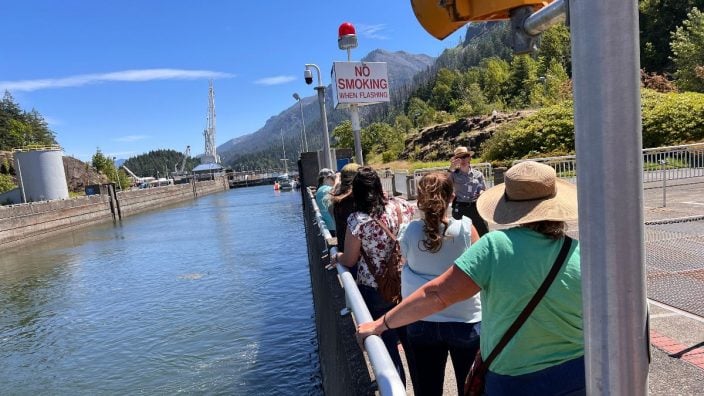
Port of Portland
We ended our travels at the Port of Portland touring Columbia Grain. Here they export 9 million tons of grain yearly. They work with over 8,000 farmers to move their product across the world.
After traveling 600 miles, learning about shellfish, fruit and dairy farming, touring the Bonneville Lock and Dam and Columbia Grain we were ready for the comfort of our own homes. Thank you to each person along this journey that kindly took our group in to their operations and made us feel welcome.
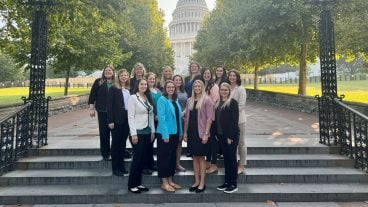

Fourteen farmers and agribusiness professionals from around Ohio recently graduated from Ohio Farm Bureau’s AgriPOWER Institute Class XIV.
Read More
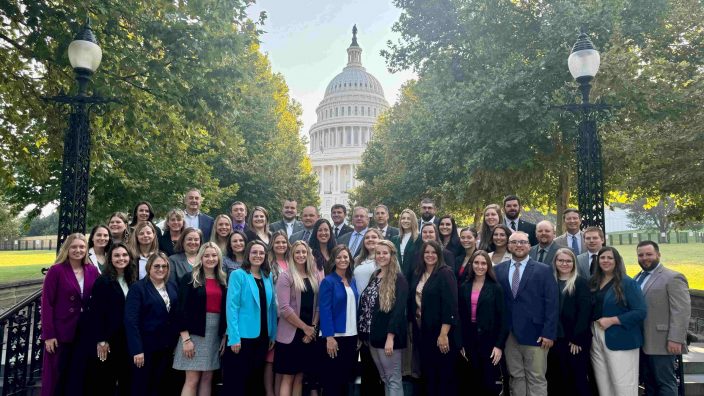
Ohio Farm Bureau Young Ag Professionals and AgriPOWER Class XIV embraced the fast-paced culture of our nation’s capital for an extensive leadership experience Sept. 10-12.
Read More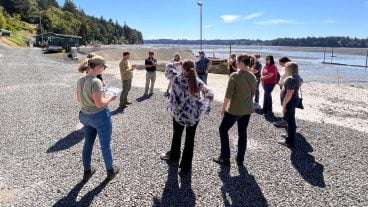
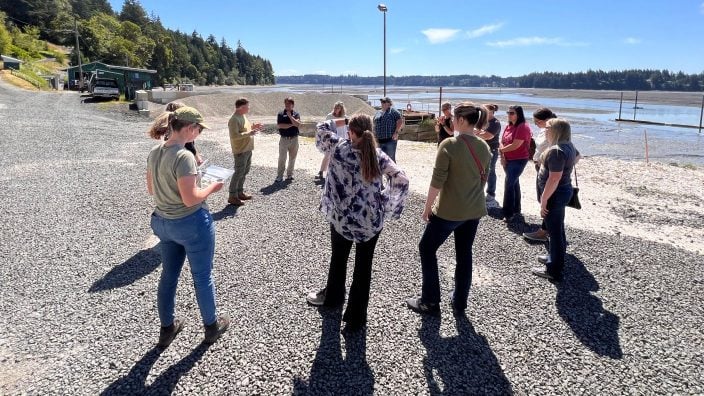
In June, AgriPOWER class of XIV traveled across the country to experience agriculture in Pacific Northwest.
Read More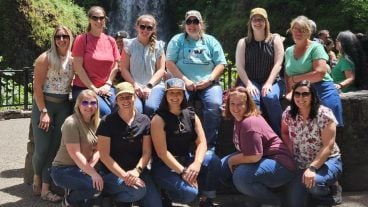
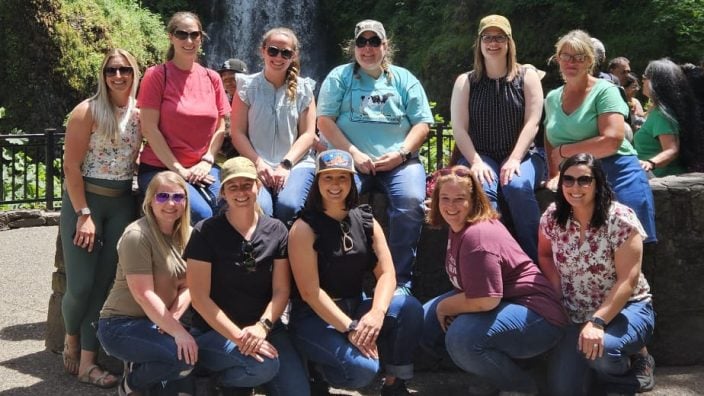
Throughout all visits there were three constant themes that are also relevant in Ohio agriculture: efficiency, scarce resources, and collaboration.
Read More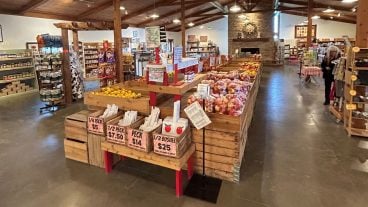
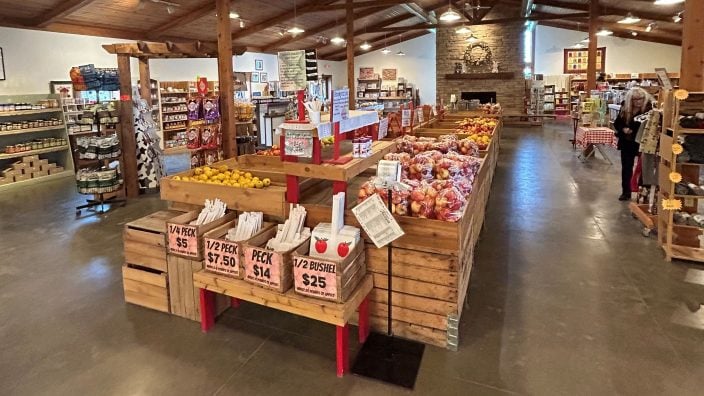
In this session of AgriPOWER, Class 14 was able to tour some unique forms of agriculture as well as dive into hot topics like CAUV, H-2A and the carbon market.
Read More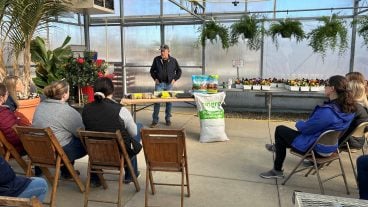
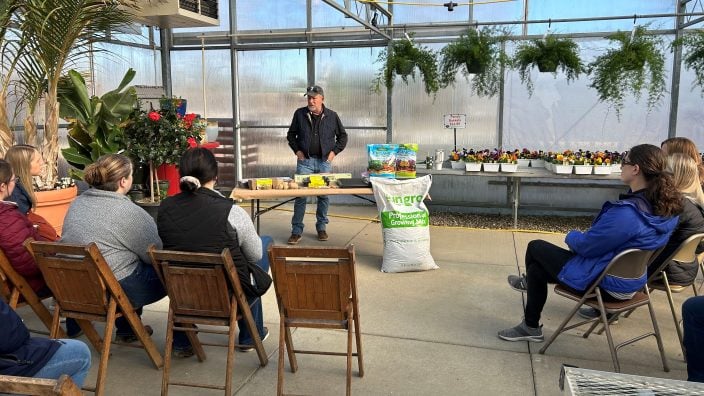
AgriPOWER Class XIV spent a few days in March in Medina and Wayne counties learning more about northern Ohio agriculture from leaders in Ohio Farm Bureau.
Read More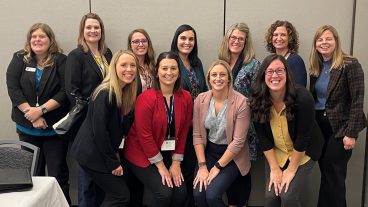
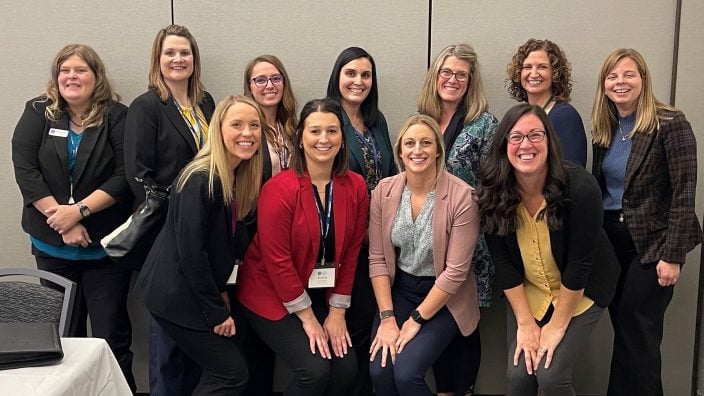
AgriPOWER Class XIV attended the state annual meeting, and Mary Wilhelm shares the leadership lessons she learned.
Read More

Lisa Holding, from Madison County, shares her experience attending the Ohio Farm Bureau annual meeting.
Read More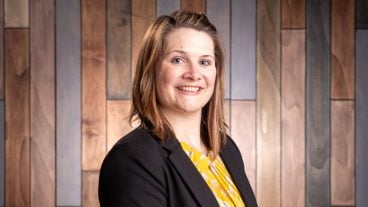
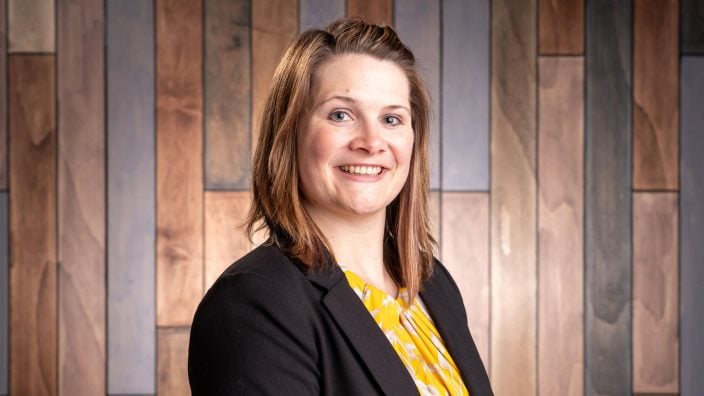
The theme of harnessing current skills and growing them into a larger leadership role were present in all of the activities we conducted in Session One.
Read More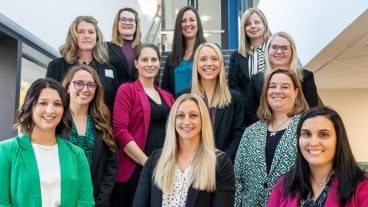
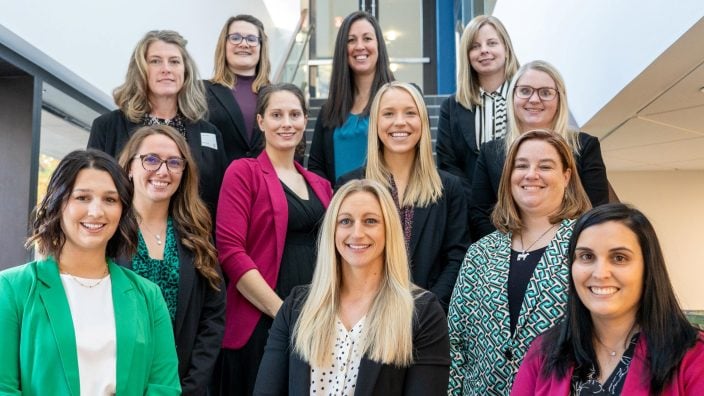
AgriPOWER is a program of Ohio Farm Bureau and designed for farmers and agribusiness professionals. It focuses on public issues that are relevant to the food industry.
Read More